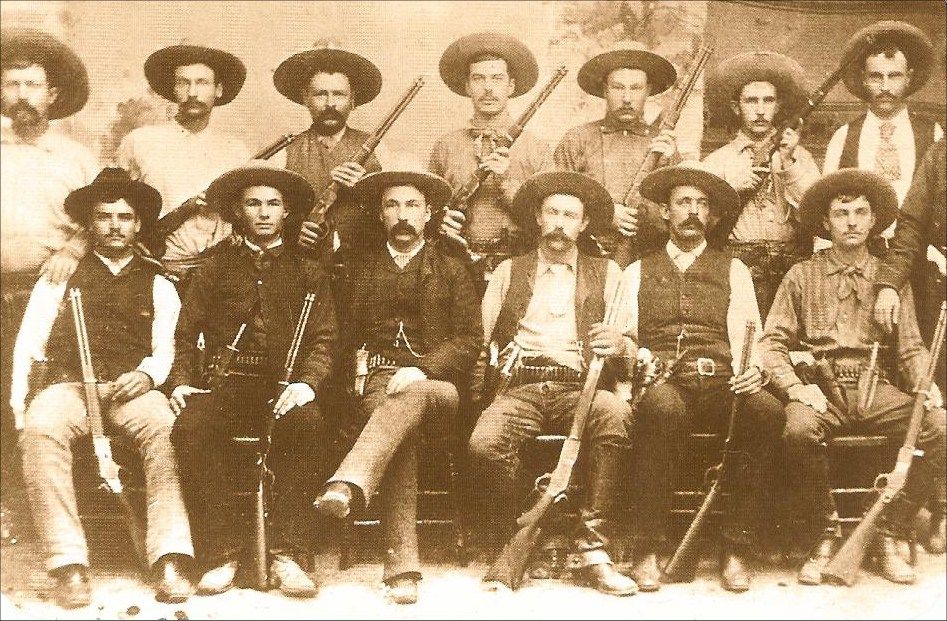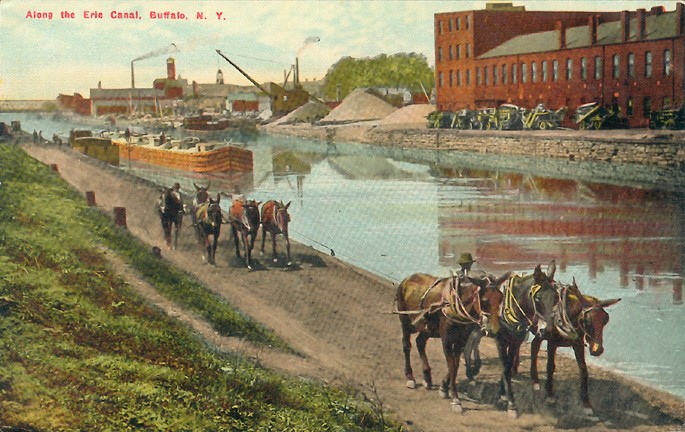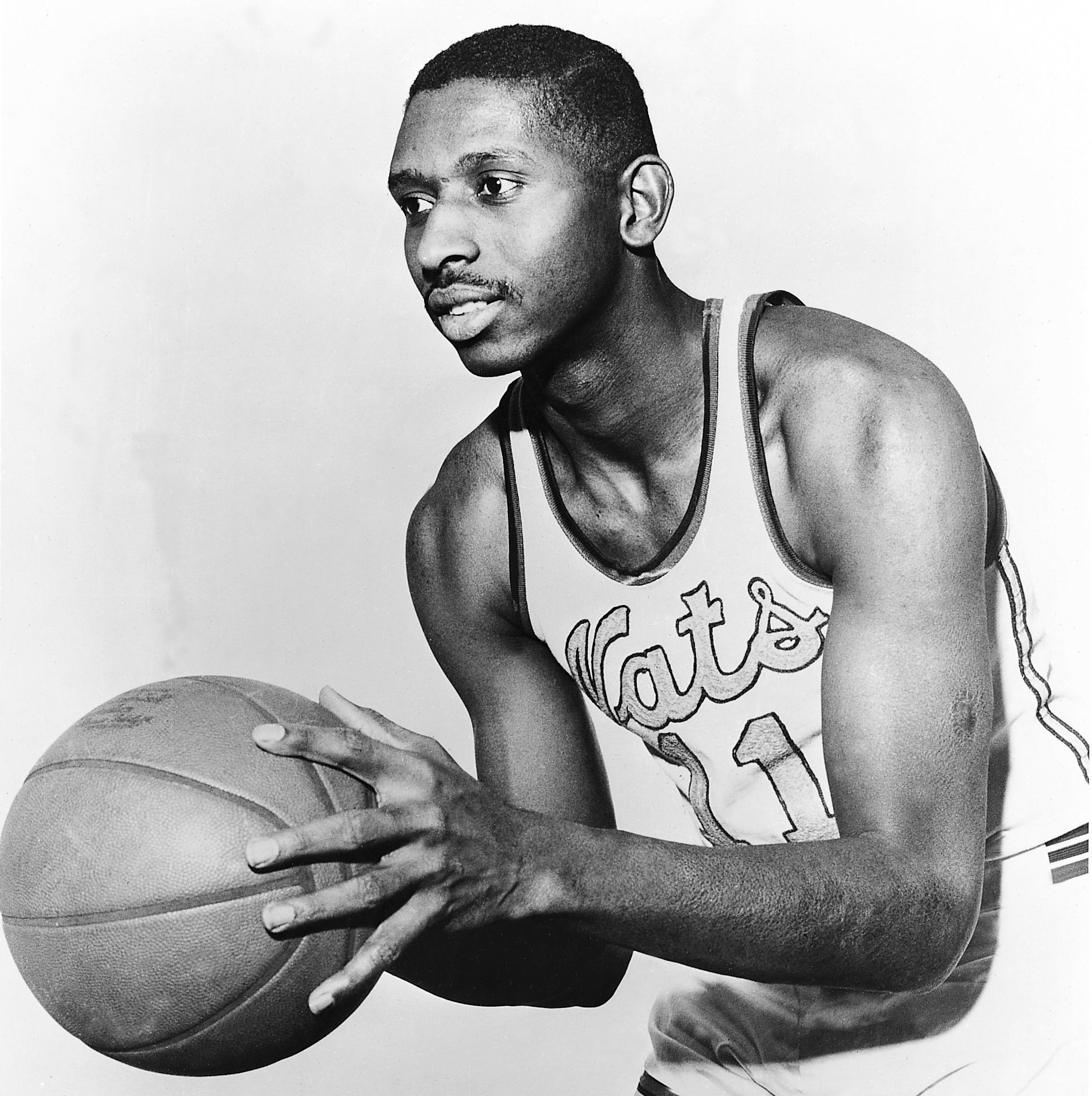October 16 — October 31, 2020
History Matters
Showing our children that their past is prelude to their future

Texas was in the middle of its war for independence from Mexico—and–in alarming need of protection for its spread-out settlers from the outlaws roaming its endless frontier. Finally, on October 17, 1835, the government of the new republic stationed a police force — the Texas Rangers — to “range and guard the frontier between the Brazos and Trinity Rivers.”
At first, the Rangers were ordinary citizens who supplied their own horses, weapons, and had the authority to maintain law and order in the republic even after Texas joined the Union as the 28th state in 1845. In the ensuing years, the Rangers garnered a legendary reputation for tracking down miscreants and, by 1935, they became the official police force of the state. The Rangers still wear the distinctive silver Cinco Peso badge, today.
The Grateful American Book Prize recommends Mike Cox’s The Texas Rangers: Wearing the Cinco Peso, 1821-1900.

It took more than two years of plowing and digging to make the 425-mile Erie Canal connect middle America’s Great Lakes to the Atlantic Ocean, by way of New York’s Hudson River. The prodigious project was started in August 1823 and completed—ready for commerce–on October 26, 1825. Although it was the pet project of Governor DeWitt Clinton, from New York, the concept of a waterway with such scope was originated by the Founding Fathers to unify America’s frontier with the original 13 colonies.
The Erie Canal — or Clinton’s Ditch, as it became known — helped provide that relationship. As History.com describes it: “Settlers poured into western New York, Ohio, Michigan, Illinois, and Wisconsin. Goods were transported at one-tenth the previous fee in less than half the time. Barges of farm produce and raw materials traveled east, as manufactured goods and supplies flowed west.”
The Grateful American Book Prize recommends Peter L. Bernstein’s Wedding of the Waters: The Erie Canal and the Making of a Great Nation.

Nineteen Fifty was a breakthrough in the Civil Rights Movement; on October 31st, Earl Lloyd became the first African American to play in the National Basketball Association (NBA) for the Washington Capitols. Two other black players were also selected in the draft that year: Chuck Cooper was picked up by the Boston Celtics, and Nat “Sweetwater” Clifton was chosen by the New York Knicks, but those teams did not start their seasons until November.
Suddenly, after seven games, the U.S. Army drafted Lloyd; by the time he was discharged, the Capitols were out of business, and so he signed with the Syracuse Nationals (later the Philadelphia 76ers), and later played for the Detroit Pistons. He became their scout, assistant coach, and in 1970, Lloyd was elevated to head coach—the first African American in the league in that position.
The Grateful American Book Prize recommends Fredrick McKissack’s Black Hoops: The History of African Americans in Basketball.
History Matters is a biweekly feature courtesy of The Grateful American Book Prize.




